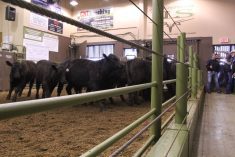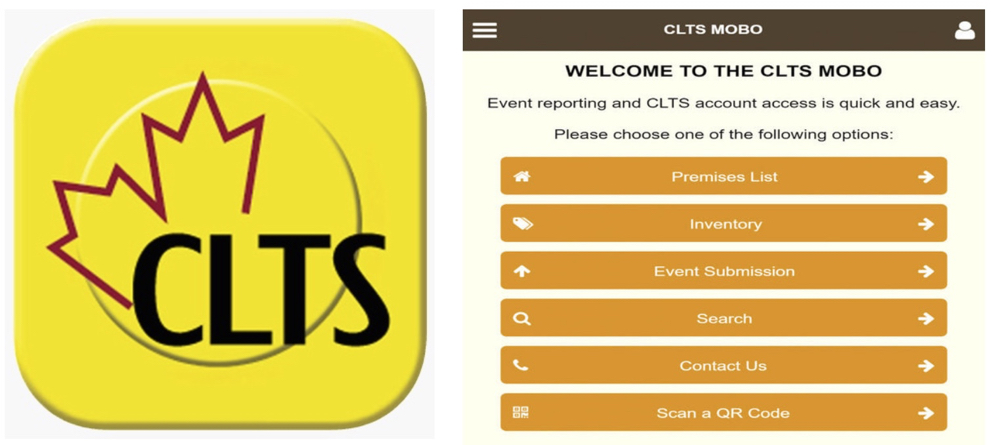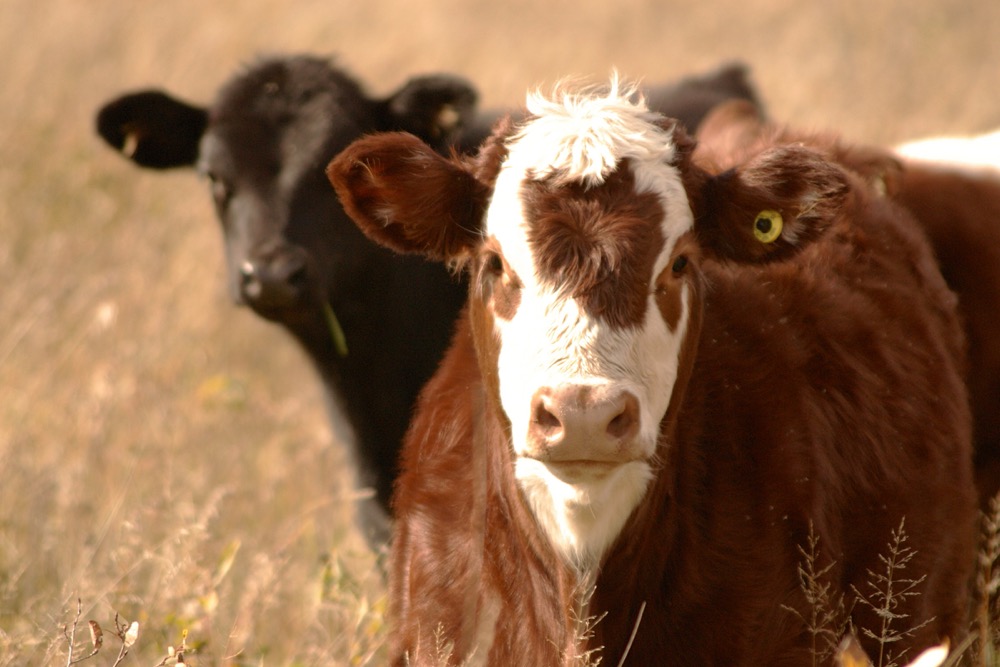Canadian beef producers can now link ultra-high-frequency technology (UHF) tags to tags approved by the Canadian Cattle Identification Agency. Once the tags are paired, scanning either tag will point to the same animal in the Canadian Livestock Tracking System database.
According to Anne Brunet-Burgess, general manager at the Canadian Cattle Identification Agency (CCIA), the UHF tags are primarily being used for management.
Read Also

Pen riders still better than tech at detecting respiratory disease in feedlot cattle, says researcher
Recent research found that pen riders are better than tech at flagging signs of BRD in feedlot cattle
“One of the advantages of UHF is you can read or scan a big group of animals all at once,” Brunet-Burgess says. “So, they can take inventory quickly, from a pen or when they’re loading animals.”
Brunet-Burgess says the next step is to get the UHF tags approved internationally.
“A product of that sort has to have, first of all, ISO standards, and then there’s Canadian standards,” she says. “So that first step hasn’t started. So that’s why it’s only used in management and in specific situations like export.”
Brunet-Burgess says that although CCIA doesn’t favour one technology type over another, people in the industry have expressed interest in UHF tags, so CCIA decided to accommodate early adopters with their new database feature. It is her understanding that ISO is about two years away from establishing standards. That will be the starting point for the discussion in Canada before the complex decision of implementing UHF tags
Brunet-Burgess says there are pros and cons to the UHF tag. For her, an example of a pro is the UHF tag’s ability to scan a large group of animals. A con is the tag readers people have right now may not be compatible with UHF.
“There’s no perfect, wonderful solution that will be addressing all concerns and wants and needs,” she says. “But it doesn’t mean that we can’t move on from one to the other, it just means that they’re different. And I think that it’s important to weigh both sides.”
Brunet-Burgess says producers who are interested or need more information should head to the CCIA website, where there is also a sheet that compares low-frequency to high-frequency technology.

















